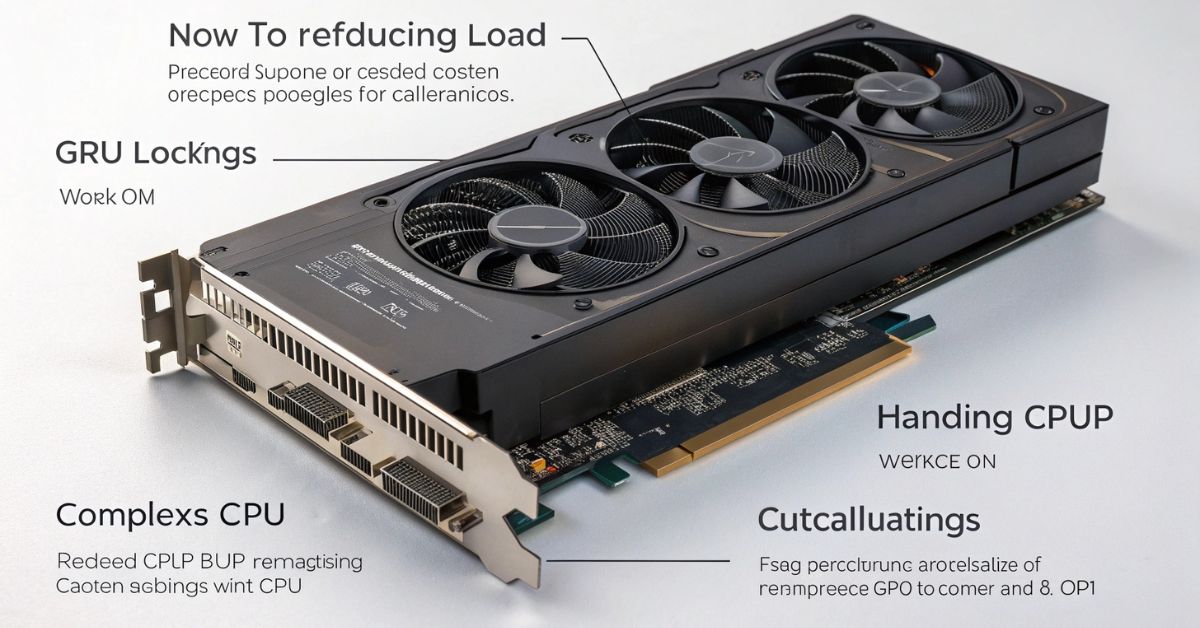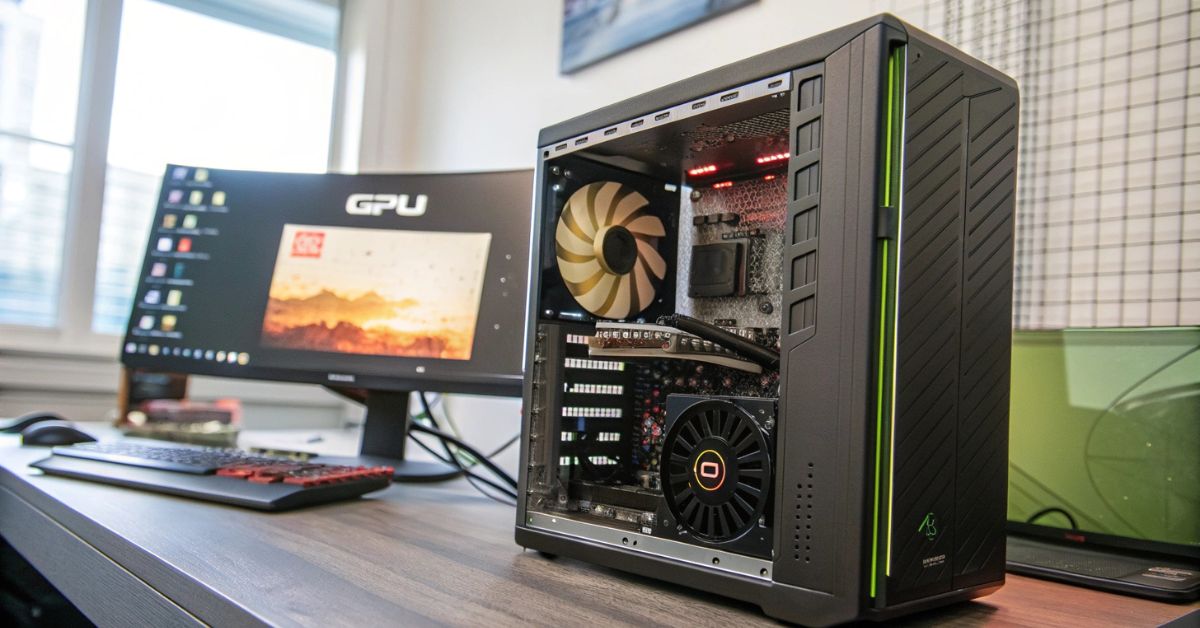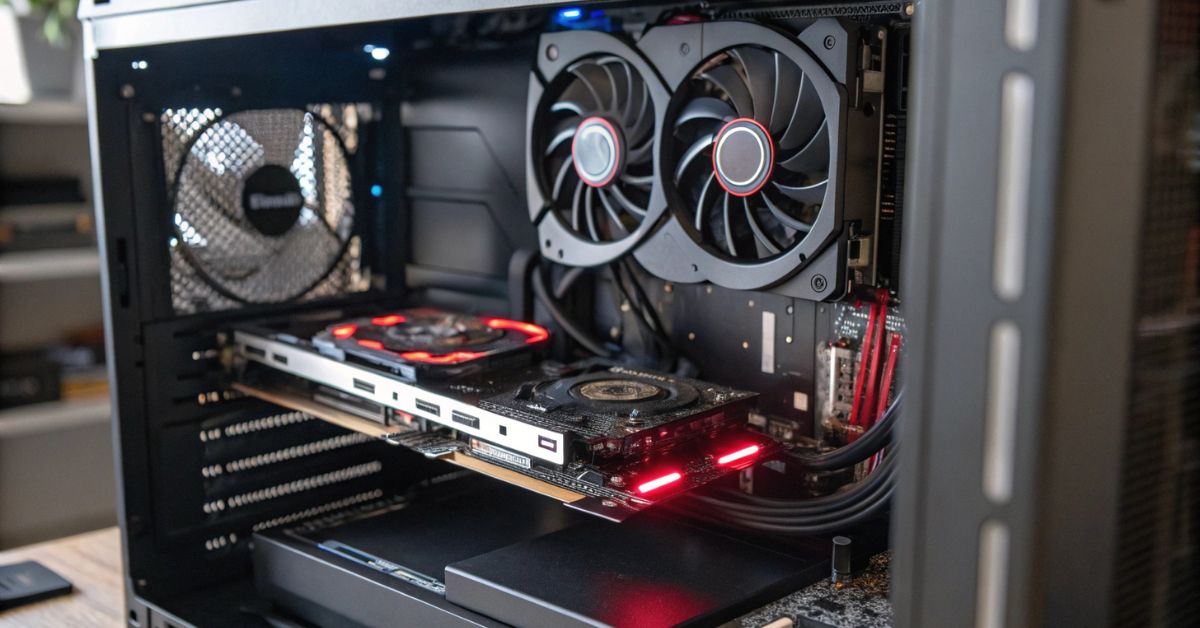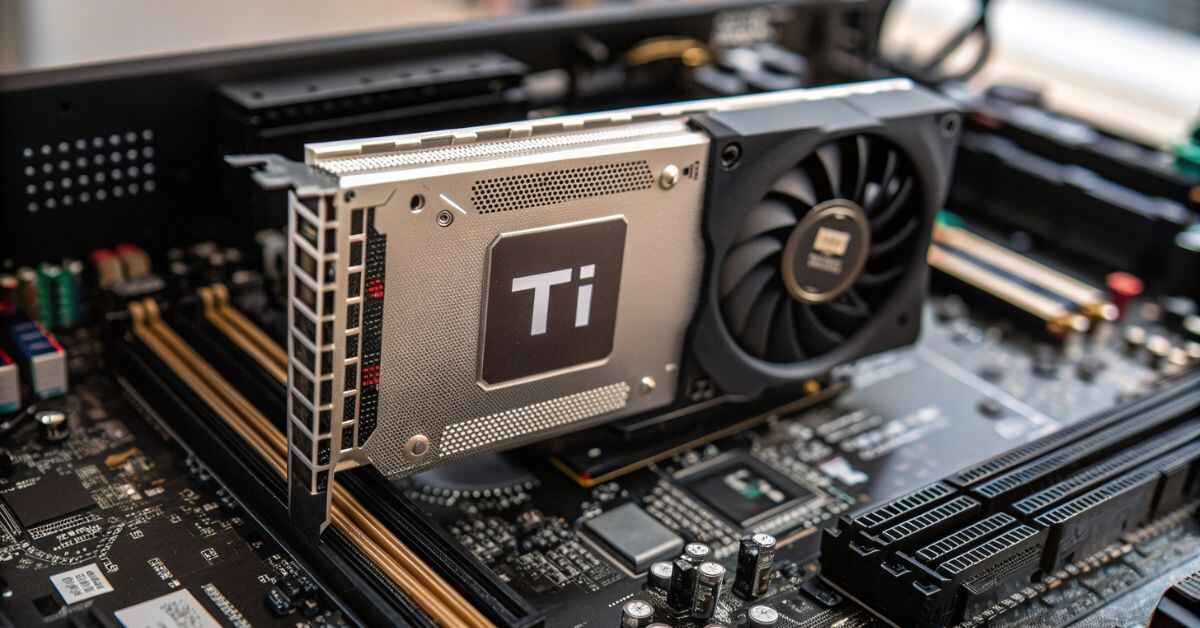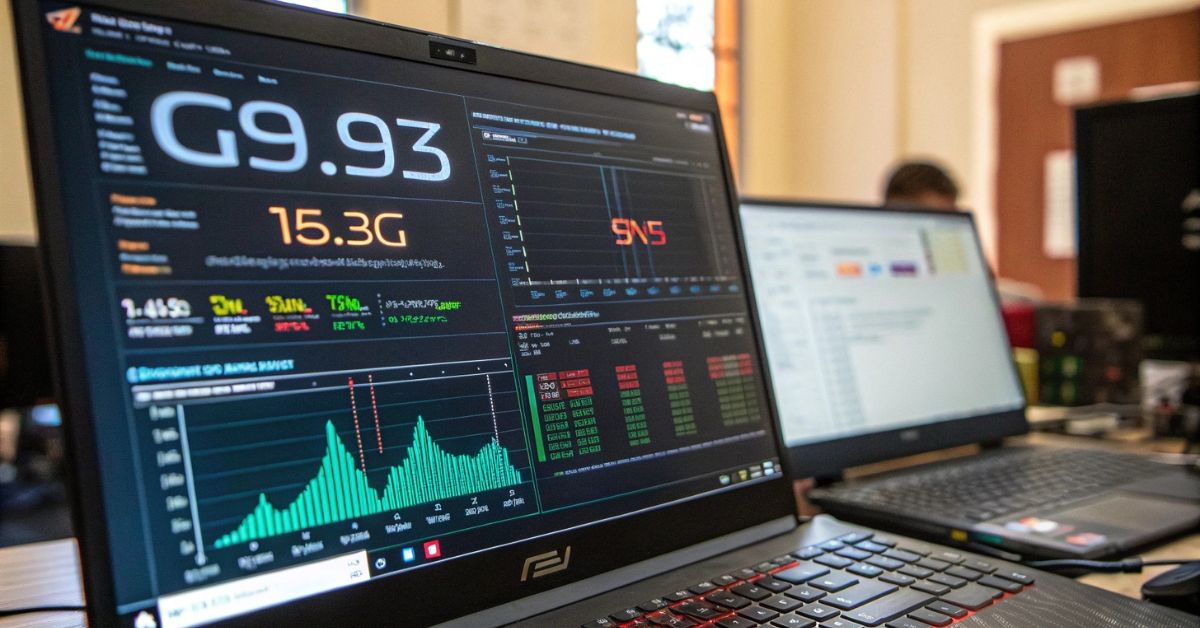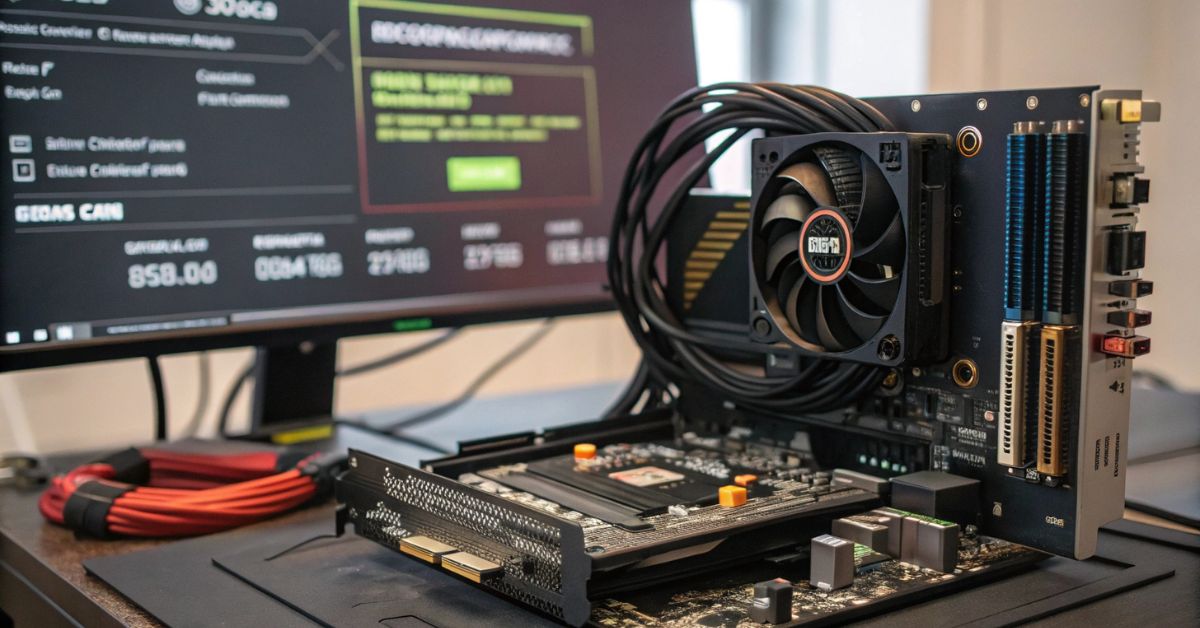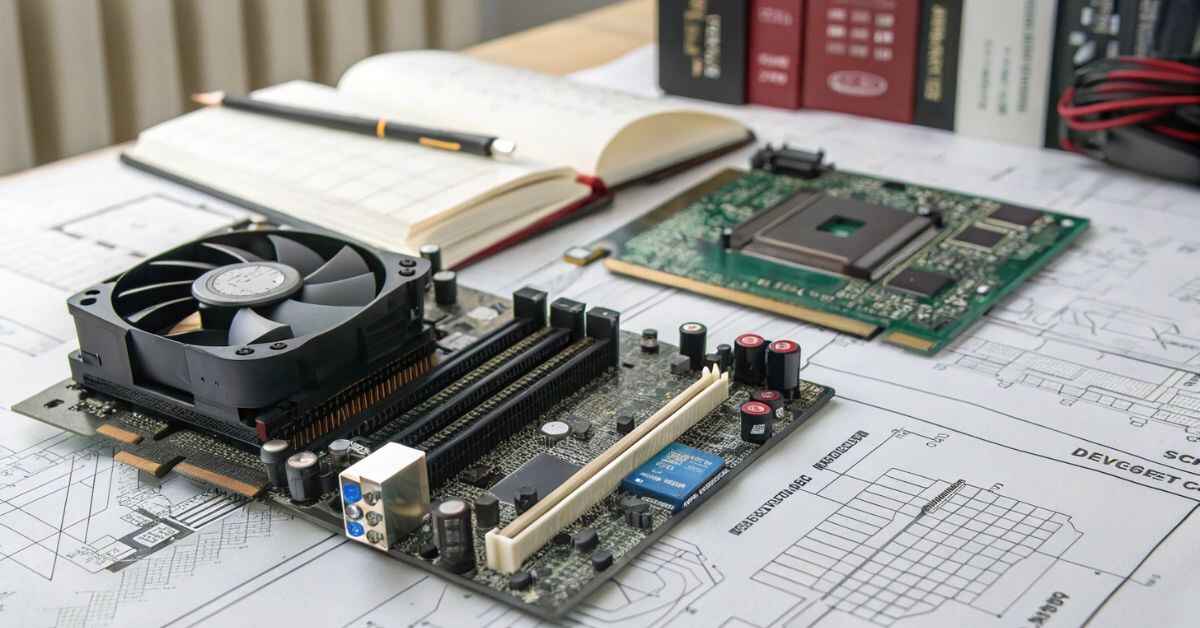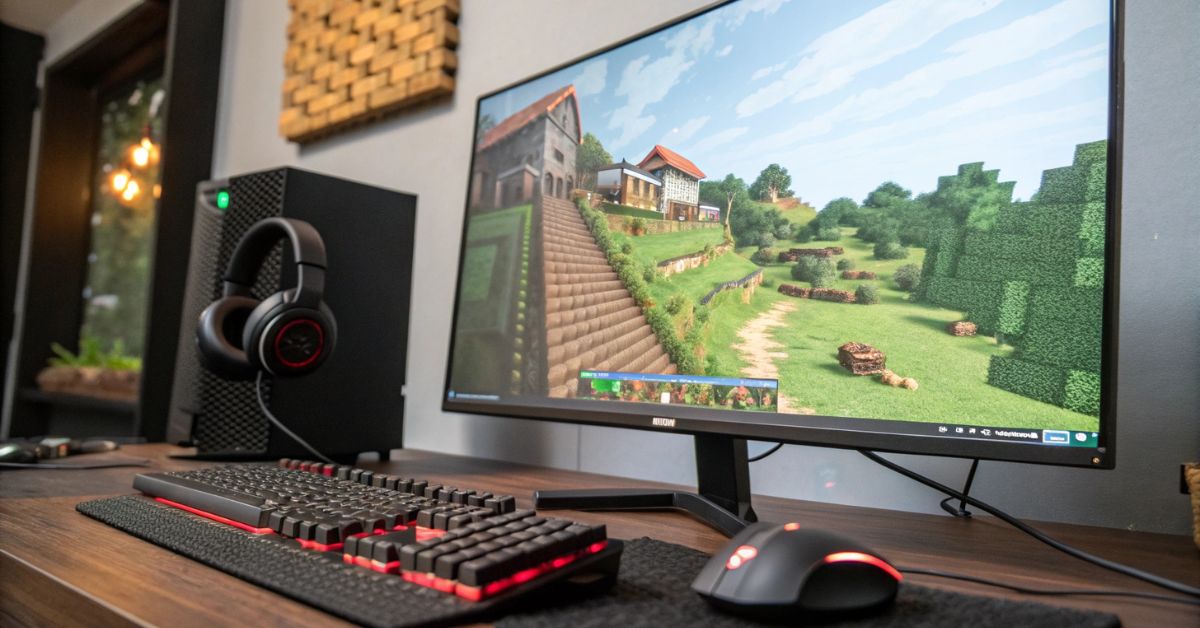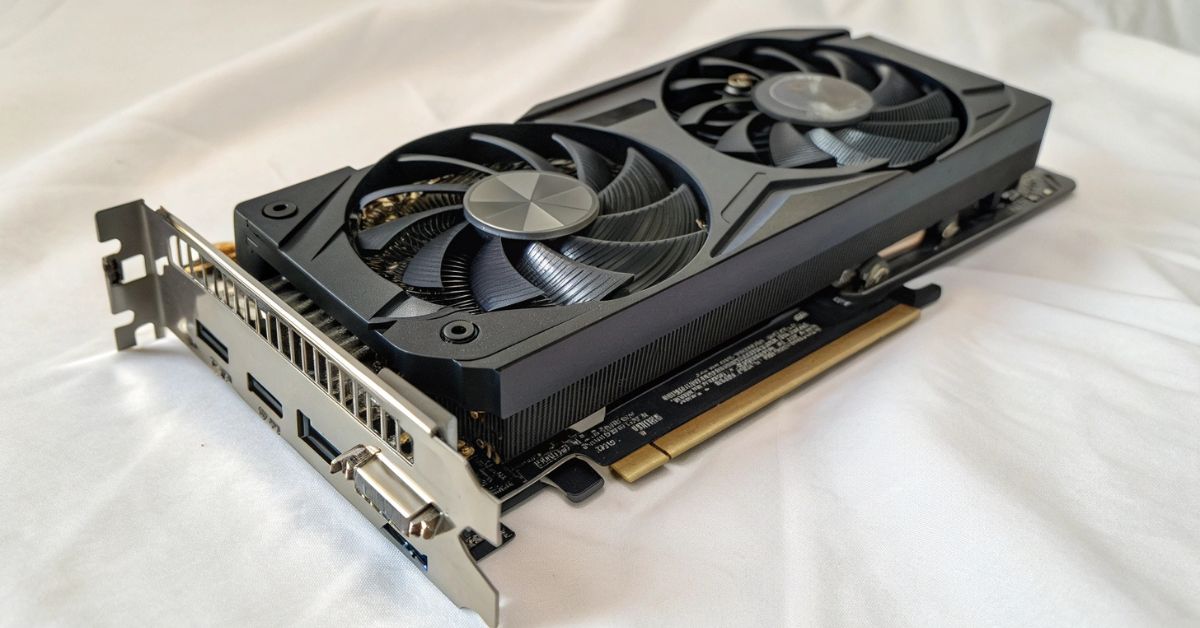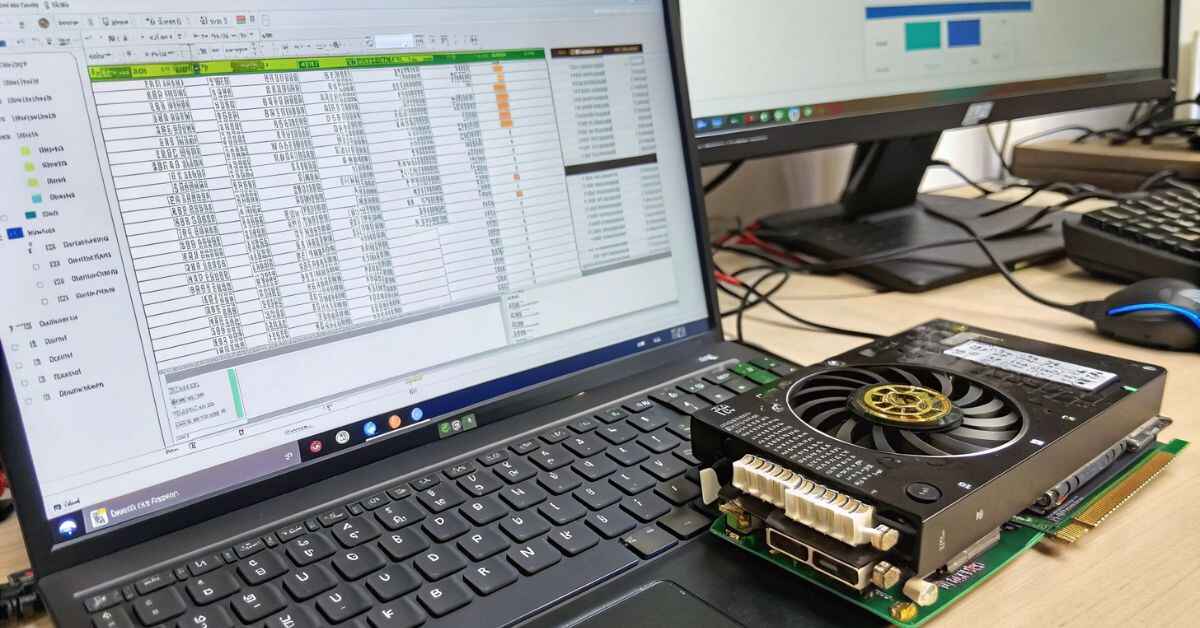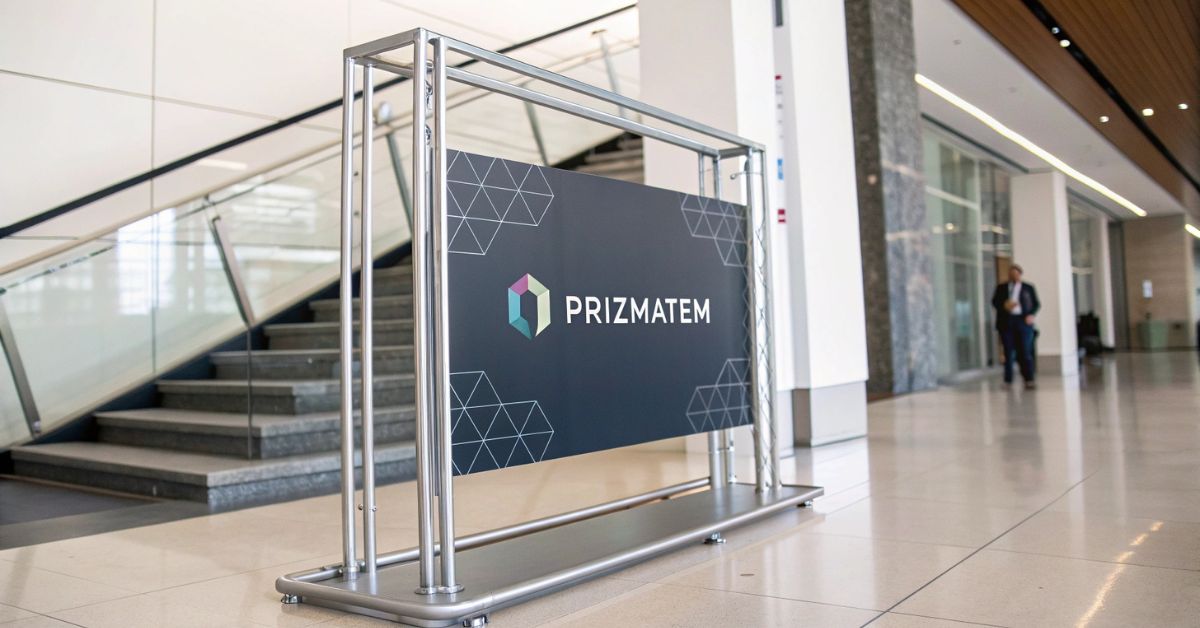If you are a PC gamer, content creator, or tech enthusiast, you might have heard of reducing a GPU. But what does a GPU do to reduce, and why are so many people recommending it? In simple words, keeping the performance stable is the process of reducing the voltage supplied to your graphics card. It is a technique that improves efficiency, reduces temperature, reduces noise, and can even expand your GPU’s lifetime.
In this guide, we will break what you want to know about a GPU, its benefits, potential risks and overclocking.
What does it mean to reduce a GPU?
Reducing a GPU means to manually reduce the voltage that gives strength to your graphics card without renouncing significaant performance. Modern GPU is often sent with more voltage than necessary to ensure stability in all units. However, this extra power creates more heat and high fan speeds. By underwelling, you optimize power use to make your GPU cooler and cool.
Benefits of underlining a GPU
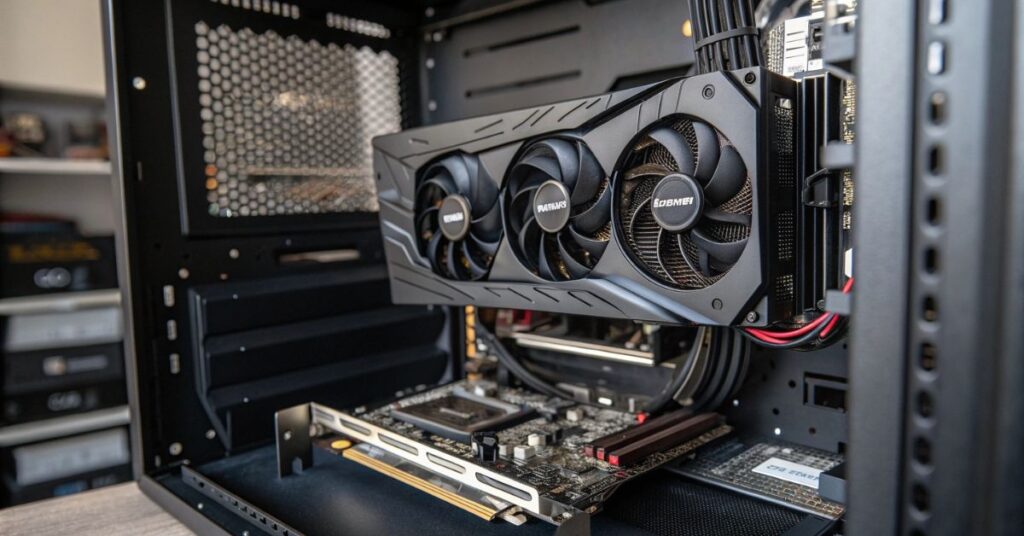
1. Low temperature
One of the main reasons gamers reduce their GPU, reduce heat production. High temperature can throw performance, but undervolting ensures that your card remains cool even under heavy loads.
2. Low fan noise
Cooler GPU does not require fans spinning at the maximum speed. This gives results in a cool gaming or working environment – some streamers and manufacturers exclusively appreciate it.
3. Better power efficiency
By cutting on unnecessary voltage, you reduce overall power consumption. This not only reduces your electricity bill, but also makes your system more environmentally friendly.
4. Now GPU Life
Long -term high heat can degrade GPU components. Running your card at low temperatures can increase its lifetime through undervolting.
5. Stable performance
What can be thought of, by the contrary, does not always reduce the performance. In fact, it can improve stability by preventing thermal throttleing.
Is your GPU safe?
Yes- it is generally safe and even beneficial when done correctly. Unlike overclocking, underwallting does not push your GPU beyond its limits. Instead, it reduces unnecessary stress on components. The only risk is high, which can lead to instability or accident. However, if problems occur, you can easily adjust the settings back.
How to undergo a GPU
Step 1: Use software tools
Popular tools such as MSI afterburner or AMD Radeon software allow you to adjust voltage and clock speed.
Step 2: run a stress test
Before undervolting, test your GPU on stock settings with benchmarks or games to get a baseline.
Step 3: Reduce the voltage slowly
Reduce voltage in small increments (eg, -25mv at a time) while keeping the clock speed stable.
Step 4: Monitor performance and temperature
Check stability with benchmarks such as 3DMark or games. If the GPU crashes, increase the voltage slightly.
Step 5: Find sweet space
The goal is to balance stable performance and low voltage with cooler temps.
Underwolting vs. Overclocking: What is the difference?
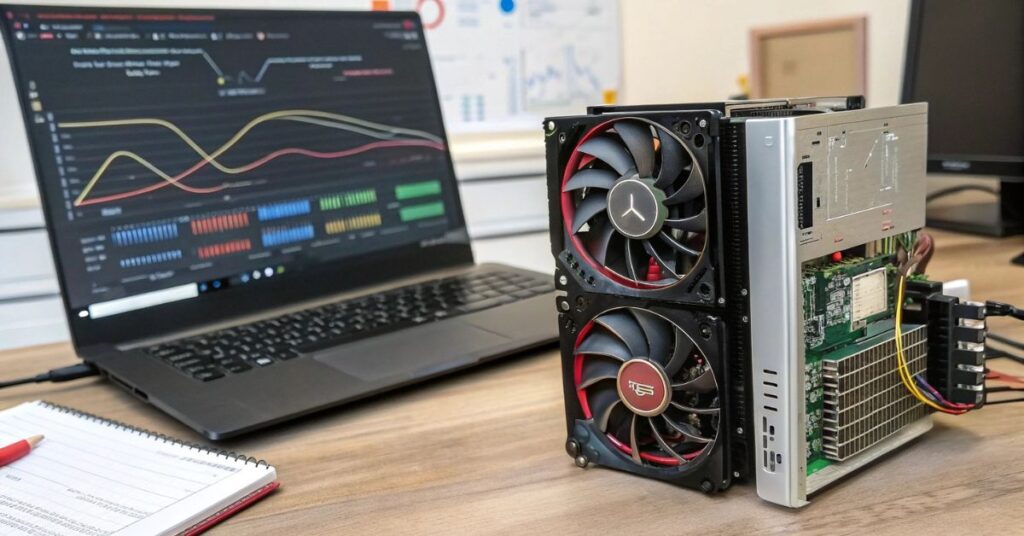
Overclocking increases the speed of the clock and sometimes pushes the voltage to high performance but also increases the use of heat and electricity. Underwalleting reduces the voltage while maintaining stable performance, causing cooler and cool operation. Many enthusiastic people also mix both-Overclocking as well as slight undervolting-to achieve good performance-watt ratio.
Common misunderstanding about undervolting:
“Underwallting reduces performance.”
Not true – if done correctly, the performance is almost the same.
“It is risky and damages the GPU.”
Indeed, underwelling is safer than overwalling or extreme overclocking.
“Only high-end GPUs benefit from undervolting.”
Even mid-range and entry-level GPUs can see improvement in heat, noise and efficiency.
FAQs:
Q1: Does GPU reduce FPS?
Underwolting does not increase FPS directly, but it prevents thermal throttleing, which helps maintain a stable frame rate.
Q2: Can GPU reduce zero warranty?
No, underwelling through software does not zero your warranty because it does not physically modify the GPU.
Q3: How much power can I save?
Depending on your GPU model, underwelling can reduce power consumption by 10–20% without affecting the performance.
Q4: Is it better than underclocking?
Yes. Underwallting maintains performance by reducing heat and electricity use, while underclocking reduces performance.
Q5: Do laptops benefit from GPU underwelling?
Absolutely. Laptops with limited cooling systems are the most beneficial, as underwelling helps reduce the noise of heat and fan.
Final thoughts
So, what does a GPU do to reduce? It optimizes your graphics card by reducing the voltage, resulting in cooler operation, low fan noise, better efficiency, and a long lifetime – without all performance.
Gamers, creators and anyone are looking to get the most from their GPU, underwallting is smart and safe. If you are struggling with high tempo or noise fans, underwallting may be the key to a more efficient and stable system.
Also Read:





